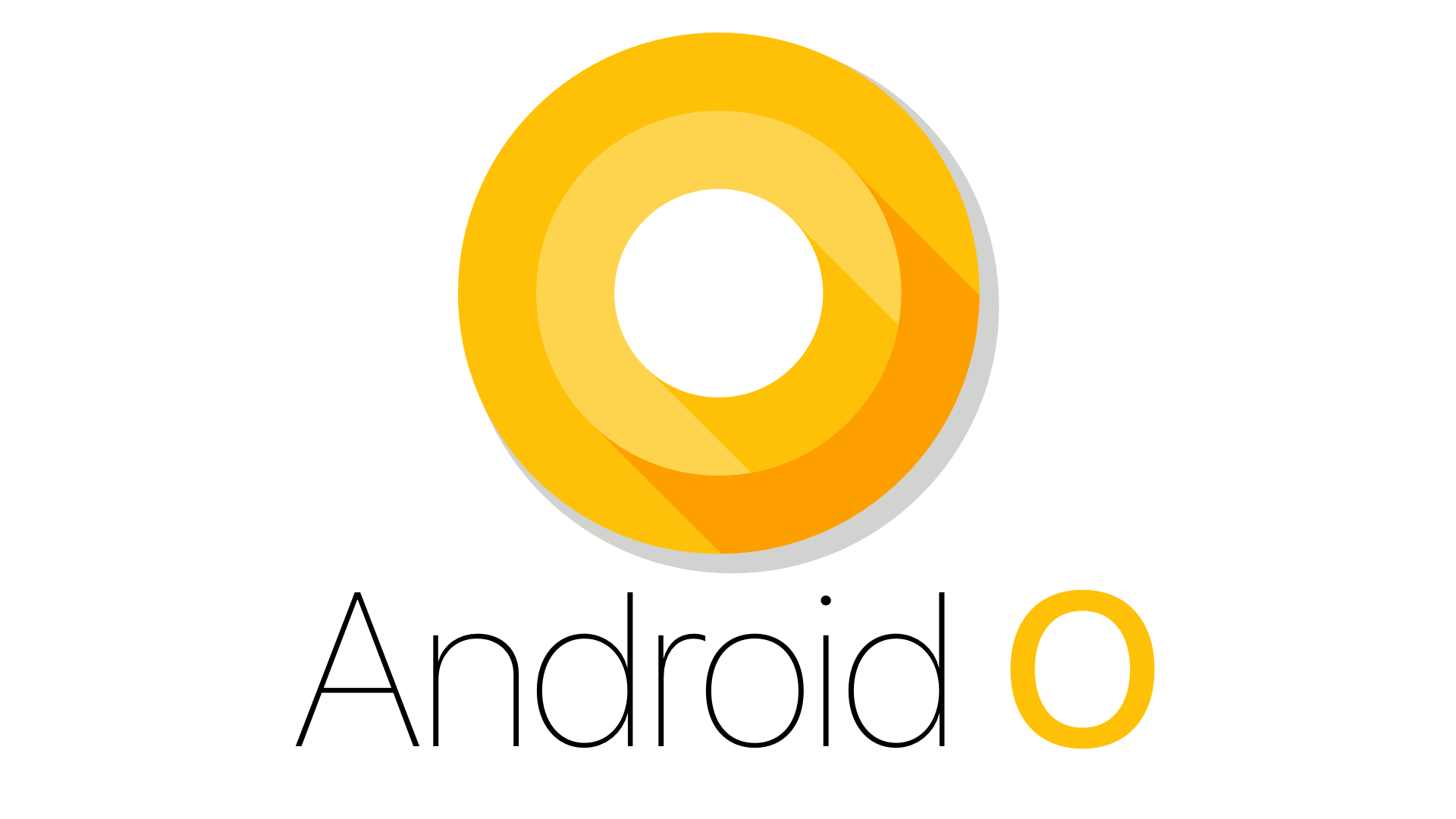This year, the first Android O developer preview arrived on March 21, 2017, Google released the first developer preview of Android “O”, available for the Nexus 5X, Nexus 6P, Nexus Player, Pixel C, and Pixel smartphone devices.
The Android O release will ultimately become Android 8.0. Google has already shared a timeline for the rollout of each preview build with the second developer preview due out in mid-May, likely during Google I/O, the third in mid-June and the fourth in mid-July. The public version of Android 8.0 will be out for supported Pixel, Nexus and Android One devices sometime in Q3, most likely in late August or early September.
At this point, a couple of new Android O features, along with improvements to existing Android Nougat features, can be found in the developer preview. Here’s a taste of what’s to come with the next version of Android.
Background limits
Android O puts a big priority on improving a user’s battery life and the device’s interactive performance.
It says it’s increased the automatic limits on what apps can do in the background in a number of key areas (broadcasts, background services, location updates). These changes will make it easier to create apps that have minimal impact on a user’s device and battery. Background limits represent a significant change in Android, so we want every developer to get familiar with them.
Notification channels
Android O also introduces notification channels, which are new app-defined categories for notification content. Channels let developers give users fine-grained control over different kinds of notifications — users can block or change the behavior of each channel individually, rather than managing all of the app’s notifications together.
Android O also adds new visuals and grouping to notifications that make it easier for users to see what’s going on when they have an incoming message or are glancing at the notification shade.
PIP mode for handsets and tablets
A feature that’s currently available on Android TV, PIP mode is now coming to other Android devices with the O update. This is most useful for video playback as the app will now be able to put themselves in PIP mode and you can specify the aspect ratio and type of controls (like play/pause) you want the app to have in this state. Other than this, there’s a new app overlay window and multi-display support for launching an app on a remote display.
Autofill APIs
Password managers are lifesavers for many and in Android O, Google is adding platform support for these apps. In a similar way, one selects a keyboard to use, you’ll soon be able to pick an autofill app that the system will default to. The new Autofill Framework will manage the communication between the app and an autofill service.
Adaptive icons
Apps can now have adaptive launcher icons which can display a variety of shapes depending on the device. According to Google, “a launcher icon can display using a circular shape on one OEM device, and display a squircle on another device.
Each device OEM provides a mask, which the system then uses to render all icons with the same shape.” The system also has the ability to animate interactions with the icons and these can be used in shortcuts, Settings, sharing dialogue and in the overview screen, besides the launcher.
Wide color gamut in imaging apps
The makers of imaging apps can now make better use of the delicious new displays built by manufacturers; particularly those handsets with panels supporting a wide gamut color.
“To display wide gamut images, apps will need to enable a flag in their manifest (per activity) and load bitmaps with an embedded wide color profile (Adobe RGB, Pro Photo RGB, DCI-P3, and so on),” Google advises developers.
High-resolution audio support and new Connectivity features
Android O now also supports high-quality Bluetooth audio codecs such as Sony’s LDAC codec. That means if you have LDAC-equipped Bluetooth headphones you’ll get much better quality in Android 8.0. But the fun isn’t just restricted to LDAC, Android O also has support for aptX and aptX HD as well as SBC and AAC. AAudio is a new native API that’s designed specifically for apps that require high-performance, low-latency audio. Apps using AAudio read and write data via streams.
Improved keyboard navigation
With Google Play apps now on Chrome OS, Google in streamlining the use of a keyboard on such devices in Android O. According to Google, this should ensure “more reliable, a predictable model for “arrow” and “tab” navigation that aids both developers and end users.”
Other changes
Google is enhancing WebView which will now enable multiprocess mode by default and a new API which allows apps to better handle errors and crashes. Android O now supports several new Java Language APIs, including the new java.time API. The Android Runtime is said to be much faster than before, with improvements of up to 2x on some application benchmarks.
So, are you excited for Android O? Let us know what you think Android O will be called in the comments below.

























